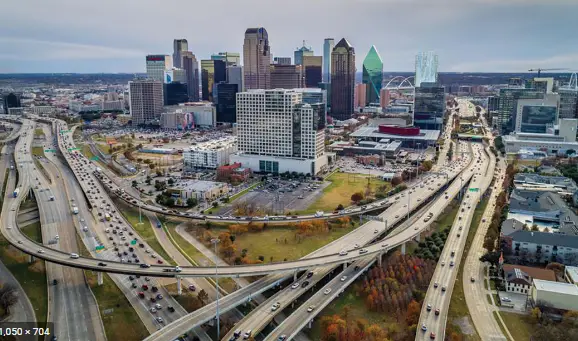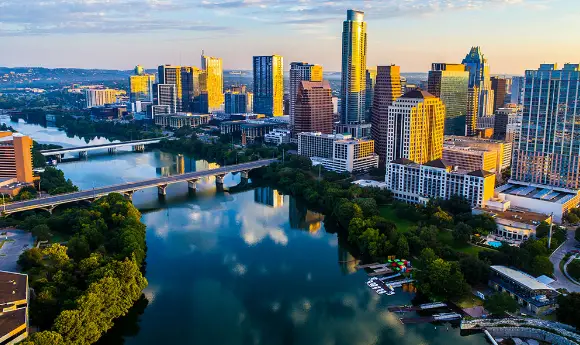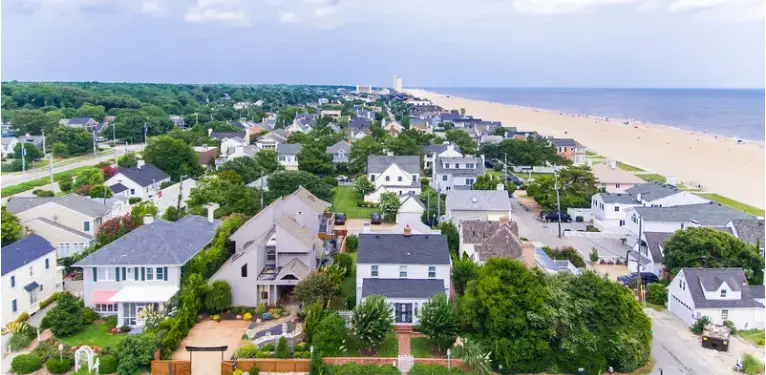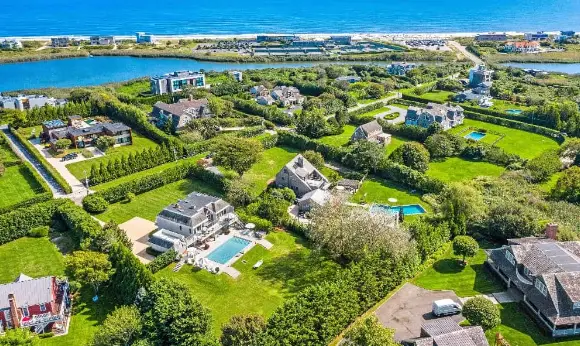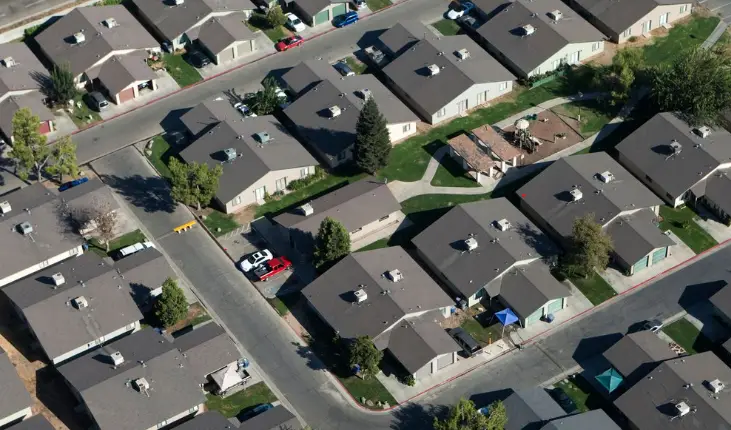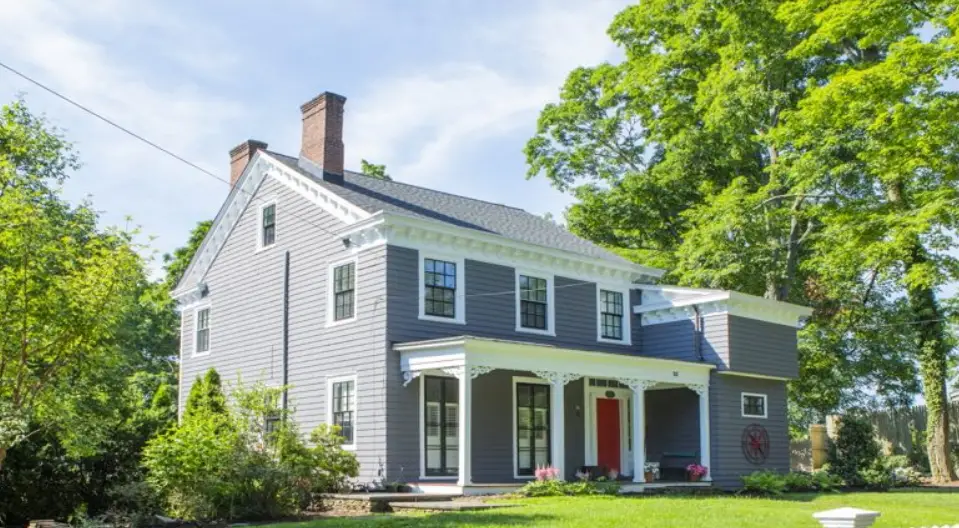Is peoria il safe?
Peoria IL appears to be a safe city. The crime rate in Peoria is lower than the national average, and the city has a variety of programs and initiatives in place to help keep residents safe. Additionally, the Peoria Police Department is highly rated and has a good reputation for keeping the city safe. Of course, as with any city, there are always some areas that are safer than others, so it is always important to be aware of your surroundings and take precautions when necessary.
Is Peoria IL a good place to live?
There is no definitive answer to this question as what makes a good place to live is subjective. However, Peoria IL does have a lot to offer residents. The city has a variety of amenities and attractions, including a number of parks, a zoo, an amusement park, and a variety of shops and restaurants. The cost of living in Peoria IL is also relatively affordable, and the city has a low crime rate.
What is the racial makeup of Peoria IL?
According to the most recent census data, the racial makeup of Peoria IL is as follows: -70.7% White -15.8% Black or African American -0.4% Native American -1.5% Asian -9.6% Other Peoria IL is a majority white city, with 70.7% of the population identifying as white. However, there is a significant black or African American population as well, at 15.8%. There is also a small but notable presence of other racial groups, including Native American, Asian, and other.
What is Peoria IL crime rate?
The crime rate in Peoria, IL is relatively high when compared to other cities of similar size. In 2016, the city had a total of 3,496 crimes reported. Of those, there were 8 murders, 100 rapes, 1,004 robberies, and 2,384 assaults. This gives Peoria a crime rate of 3,496 per 100,000 people, which is higher than the average for Illinois of 3,102 per 100,000 people. However, it is important to note that the crime rate in Peoria has been trending downward in recent years. In 2012, the city had a total of 4,076 crimes reported, meaning that the crime rate has decreased by 14% over the past four years.
What is Peoria IL known for?
Peoria is a city in Central Illinois. The population is 115,007 as of the 2010 census, making it the most populous city in the state outside of the Chicago metropolitan area. It is the county seat of Peoria County and is situated on the Illinois River. Peoria is the headquarters for Caterpillar Inc., one of the 30 companies composing the Dow Jones Industrial Average. Geographically, Peoria is on the border between Illinois and Iowa, and is the largest city on the Illinois side of the river. The city is home to Bradley University, Illinois Central College, and Midstate College. Peoria is also the site of the Peoria Civic Center, the home of the Peoria Symphony Orchestra, the Peoria Rivermen of the American Hockey League, and the Peoria Chiefs minor league baseball team.
Is Peoria a poor city?
There is no definitive answer to this question as poverty is relative and can be subjective. That being said, there are some factors that could be considered when determining if Peoria is a poor city. For example, the median household income in Peoria is $45,000, which is lower than the national average of $53,000. Additionally, about 17% of the population lives below the poverty line. So, based on these statistics, it could be argued that Peoria is a poor city. However, it is important to note that poverty is not just about income. There are other factors to consider, such as the cost of living, access to resources, and the overall quality of life. When taking these things into account, Peoria may not be as poor as it seems. Ultimately, whether or not Peoria is a poor city is up for debate. There are some clear indicators that suggest it is a poor city, but there are also some positive aspects that should be considered.
Is Peoria IL LGBT friendly?
Yes, Peoria IL is LGBT friendly. There are a number of resources available for LGBT individuals in Peoria, including the Peoria Pride Center, which offers a variety of programs and services designed to support the LGBT community. Peoria also has a number of bars and clubs that cater to the LGBT community, and there is an active LGBT scene in the city. Peoria is also home to a number of annual events that celebrate the LGBT community, such as Peoria Pridefest.
What percent of Peoria Illinois is black?
There is no definitive answer to this question as the U.S. Census Bureau does not release data on race for specific cities. However, according to the 2010 Census, the population of Peoria was 115,007 and the population of blacks or African Americans was 11,874, which is approximately 10.3% of the total population.
How big is Peoria IL?
Peoria, Illinois is the county seat of Peoria County, Illinois, United States, and the largest city on the Illinois River. Established in 1691 by the French explorer Henri de Tonti, Peoria is the oldest European settlement in Illinois, and is named after the Peoria tribe. As of the 2010 census, the city was the seventh-most populated in Illinois, with a population of 115,007. The five-county metropolitan area is ranked 91st in terms of population in the United States with 373,590 residents. Peoria had a population of 118,943 in 2019, when estimated by the US Census Bureau.
Is Pekin Illinois a good place to live?
There is no definitive answer to this question as everyone’s needs and preferences are different. However, Pekin does have a lot to offer residents in terms of amenities and activities. Pekin is a city in central Illinois with a population of just over 34,000. It is the county seat of Tazewell County and is considered part of the Peoria metropolitan area. The city is home to a number of parks and recreation areas, as well as a variety of shops and restaurants. Pekin also has a historic downtown district with a number of well-preserved buildings from the 19th century. Overall, Pekin is a safe and affordable place to live. The cost of living is relatively low and the crime rate is below the national average. There are plenty of things to do in the city, and it is located within a short drive of several larger cities in Illinois. If you are looking for a quiet place to raise a family or retire, Pekin could be a good option.
Is Peoria violent?
There is no definitive answer to this question as violence is relative and can depend on a number of factors, including one’s personal definition of violence. However, based on available data, it appears that Peoria is generally a safe city. For example, the Peoria Police Department’s 2018 Annual Report showed that the city’s violent crime rate was lower than the national average. Additionally, a 2019 study by the website NeighborhoodScout found that Peoria was the 8th safest city in Arizona. Of course, no city is completely free of violence and Peoria is no exception. There have been a handful of high-profile violent crimes in the city in recent years, including a mass shooting at a local bar in 2019. However, it is important to remember that even isolated incidents of violence do not necessarily reflect the overall safety of a city.
Where is the best place to live in Peoria IL?
There is no definitive answer to this question as everyone’s needs and preferences are different. However, there are a few factors to consider when deciding on the best place to live in Peoria, IL. One important factor to consider is the cost of living in the area. Peoria is a relatively affordable city, with the cost of living index coming in at about 10% below the national average. However, there are still some areas that are more expensive than others. For example, the downtown area is generally more expensive than the suburbs. Another important factor to consider is the crime rate. Peoria is a relatively safe city, with a crime rate that is about average for the US. However, there are still some areas that are safer than others.
For example, the downtown area generally has a lower crime rate than the suburbs. Finally, it is important to consider the amenities that are available in the area. Peoria has a lot to offer in terms of entertainment, dining, and shopping. However, some areas are better than others. For example, the downtown area generally has more to offer in terms of entertainment and dining than the suburbs. So, where is the best place to live in Peoria, IL? It really depends on what you are looking for and what your budget is. If you are looking for an affordable place to live with a lot of amenities, then the downtown area may be the best place for you. However, if you are looking for a safe place to live with a lower cost of living, then the suburbs may be the best place for you.
Does Peoria get snow?
Yes, Peoria gets snow. The city typically sees around 20 inches of snow each year. Snow usually starts falling in Peoria in late October or early November and can last into April. However, the city does not usually see a lot of snowfall in a single event. The largest snowstorm on record for Peoria happened in January 1979 when the city received 18.7 inches of snow.

